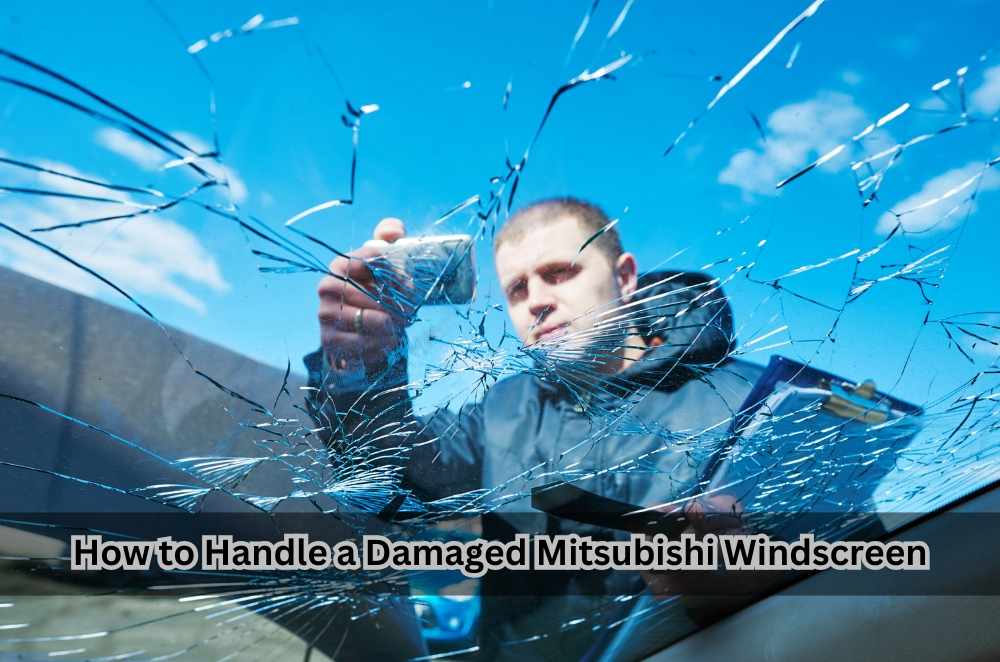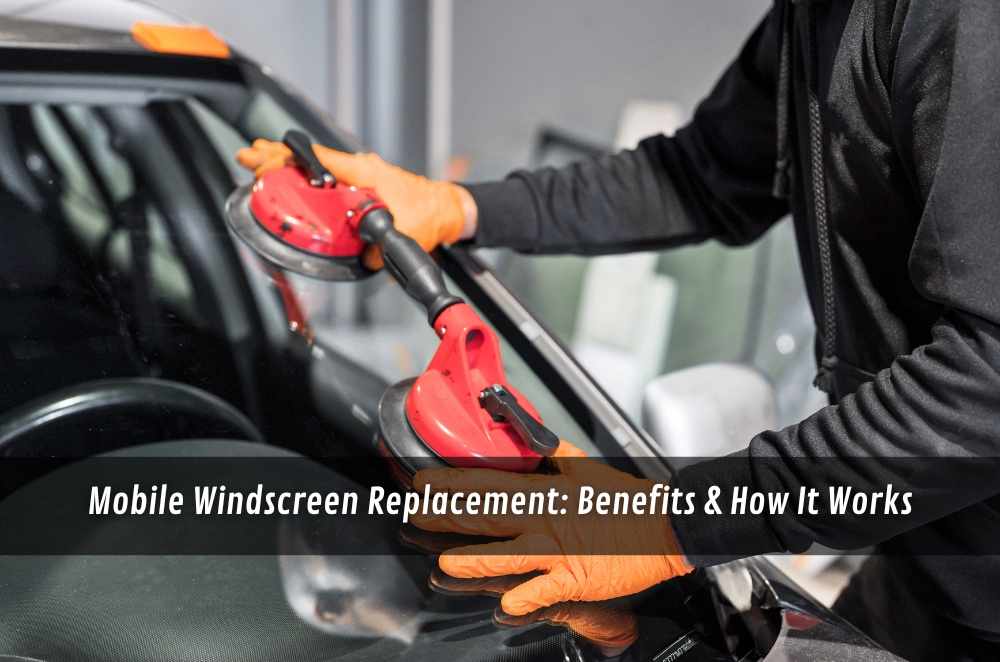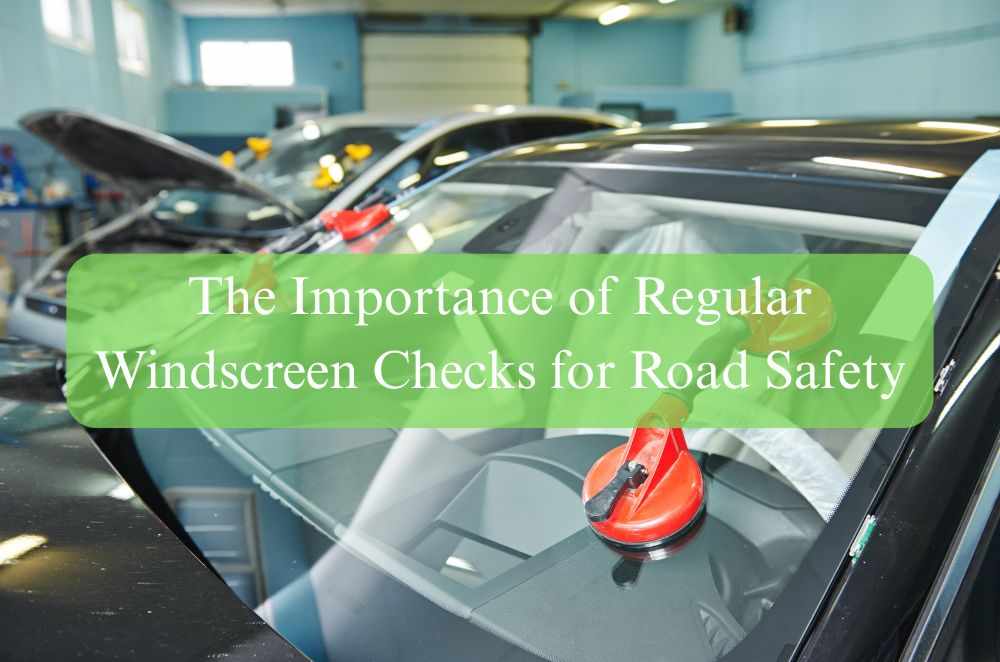
Mitsubishi vehicles are known for their durability, but that doesn’t mean their windscreens are invincible. Whether it’s a Triton ute bouncing down a dusty road or an ASX navigating city traffic, chips and cracks are almost inevitable at some point. Even something as minor as a flying stone at 80 km/h can leave a lasting impact. And when they happen, it’s not just about visibility or inconvenience — your safety and insurance compliance are at stake.
Cracks can spread quicker than you'd think, especially with temperature shifts or even a slammed car door. That’s why I didn’t wait around when I noticed a star-shaped crack creeping across my Outlander’s glass. It started small, but by the next morning, it had stretched halfway up the passenger side. I knew I needed a windscreen installation service that specialised in Mitsubishi vehicles, not just a generic quick fix. Choosing someone who understood the make and model meant a better fit, proper sensor recalibration, and peace of mind on the road.
Signs your windscreen damage needs immediate attention
You might be tempted to ignore a small chip or crack, especially if it’s not in your line of sight. But Mitsubishi’s windscreen glass, especially in newer models, integrates with features like ADAS (Advanced Driver Assistance Systems), rain sensors, and thermal protection. Even a tiny flaw can interfere with these functions.
Here’s when to act fast:
The crack is expanding or forming a spiderweb pattern
The damage is located directly in front of the driver
You hear whistling sounds at high speeds
Rainwater is seeping through
There’s visible distortion, especially around sensors or camera mounts
Quick tip? If you can cover the damage with a $2 coin, repair might be possible; otherwise, replacement is likely your safest bet.
The role of windscreen safety in modern vehicles
It’s easy to forget, but the windscreen is a structural component of your car. In many late-model Mitsubishis, the windscreen contributes to the overall rigidity of the cabin and helps ensure proper airbag deployment in the event of a crash.
And here’s where it gets serious: under Australian roadworthy windscreen standards, any damage in the driver’s field of view or that compromises structural integrity must be professionally assessed. These regulations are enforced to protect occupants and other road users, and skipping a proper check could cost you more than just a fine.
Replacing a Mitsubishi Outlander windscreen
When my Outlander copped a rock chip on the highway, I knew it wasn’t something I could leave to chance. At first, it looked repairable — just a small crescent on the passenger side. But over the next 24 hours, thanks to a sharp temperature drop, that chip spread into a long crack like a hairline fracture.
Booking a replacement service was surprisingly straightforward. The techs came out to my driveway, brought a calibrated OEM-grade windscreen, and even reconfigured the rain sensor and dash cam alignment. It took just over an hour.
The biggest surprise? The lack of mess. They removed the old glass, vacuumed out the broken bits, and resealed the frame without damaging the trim. If you’re nervous about cost or insurance coverage, don’t be. I was able to claim the full amount with zero excess under my policy.
What to expect during a Mitsubishi windscreen replacement
If you’ve never had a windscreen replaced before, here’s what typically happens:
Inspection – They assess the damage and confirm the need for replacement
Preparation – Trim, wipers, and sensors are removed
Removal – The damaged windscreen is safely lifted out
Installation – A new OEM or ADR-compliant glass is fitted and bonded
Calibration – If ADAS or sensors are present, they’re recalibrated
Cure Time – Urethane bonding needs to set (usually 1–2 hours)

Make sure the installer uses approved sealants and recalibration tools. It’s not just about visibility — it’s about structural integrity and tech compatibility.
Insurance, cost and warranty: What to check first
Wondering how much does a windscreen costs? The answer depends on your Mitsubishi model, insurance excess, and whether you opt for OEM or aftermarket glass.
Typical factors that influence cost include:
Model & year (e.g. Pajero vs. ASX)
Sensor integration (ADAS, rain sensors, heads-up displays)
Location (mobile callout fees may apply)
Glass type (acoustic, solar-tinted, UV-reducing, etc.)
Before you book anything, check that your insurance policy includes windscreen cover. Many do — and some even waive the excess for one windscreen claim per year.
Also, ask about the warranty. Reputable services should offer 12-month coverage on workmanship and parts.
The future of Mitsubishi windscreen tech
As Mitsubishi continues rolling out safety-focused innovations — think LIDAR detection, integrated thermal imaging, and auto-dimming HUDs — the humble windscreen is evolving into a critical tech platform.
If you’re curious about what’s coming next, check out this post on modern windscreen technology. It explores everything from laminated smart glass to heads-up projection systems and rain-sensing nanocoatings. Worth a read if you drive a newer model or plan to upgrade.
Final tips before you book a replacement
Not sure what to do next? Here’s a simple checklist to guide your next move:
✅ Take photos of the damage (for insurance + assessment)
✅ Avoid washing the car or slamming doors (prevents spreading)
✅ Park in the shade to reduce pressure cracks
✅ Confirm the use of ADR-compliant glass
✅ Choose a technician who can calibrate your Mitsubishi’s tech systems
And don’t wait too long — that “tiny chip” might be your future windscreen’s breaking point.









Write a comment ...